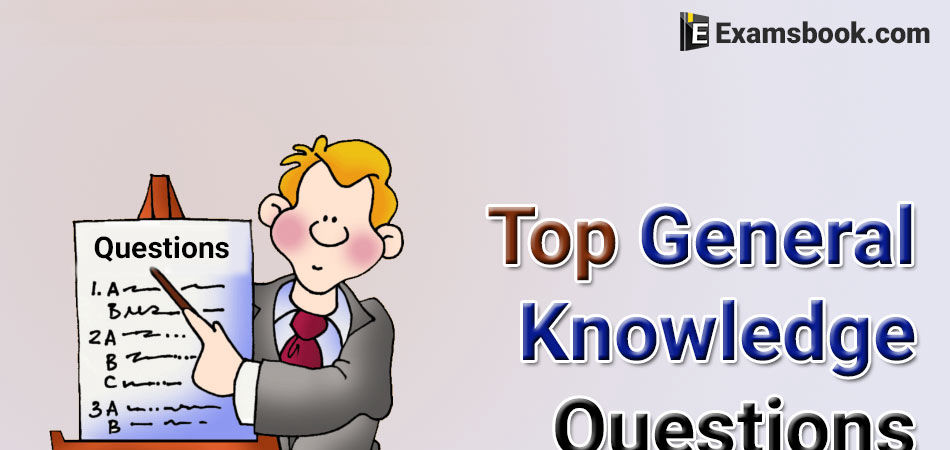Top 50 General Knowledge Questions and Answers

Under the Constitution, the power to issue a writ of Habeas Corpus is vested in
(A) High Courts alone
(B) Supreme Court alone
(C) Both Supreme Court and High Courts
(D) All Courts down to the District Courts
Correct Answer : C
The term ‘secular’ was added in the Preamble to the Indian Constitution by
(A) 41st Amendment
(B) 42nd Amendment
(C) 43rd Amendment
(D) 44th Amendment
Correct Answer : B
Which of these is NOT included as a Fundamental Right in the Indian Constitution?
(A) Right to Freedom of Speech
(B) Right to Equality before the Law
(C) Right to Constitutional Remedies
(D) Right to equal wages for equal work
Correct Answer : D
Separation of the judiciary from the executive has been provided in one of the following parts of the Indian Constitution :
(A) The Preamble
(B) The Fundamental Rights
(C) The Directive Principles of State Policy
(D) The Seventh Schedule
Correct Answer : C
Which among the following writs comes into the category of public litigation petition before High Court or Supreme Court?
(A) a challenge to elections of the office-bearers of a political party
(B) against political interference
(C) against the decision of Lower Court
(D) against a general topic
Correct Answer : D
Who was the first Chairman of Indian Constitution’s Drafting Committee?
(A) B L Mitter
(B) Madhav Rao
(C) Dr B R Ambedkar
(D) T T Krishnamachari
Correct Answer : C
The original 1950 Constitution of India is preserved in
(A) President House
(B) Prime Minister House
(C) Parliament House
(D) Archaeological Survey of India
Correct Answer : C
The state possesses
(A) only external sovereignty
(B) only internal sovereignty
(C) both internal and external sovereignty
(D) neither external nor internal sovereignty
Correct Answer : C
Article 17 of the Constitution of India deals with the abolition of ________.
(A) titles
(B) sati
(C) slavery
(D) untouchability
Correct Answer : D
GK Questions
Q : Which of the following rivers rises in the Indian Himalayan?
(A) Kosi
(B) the Indus
(C) Gandak
(D) Ghaghra
Correct Answer : B
Explanation :
The main Himalayan river systems are those of the Indus and the Ganga-Brahmaputra-Meghna system. The Indus, which is one of the great rivers of the world, rises near Mansarovar in Tibet and flows through India, and thereafter through Pakistan, and finally falls in the Arabian Sea near Karachi.



